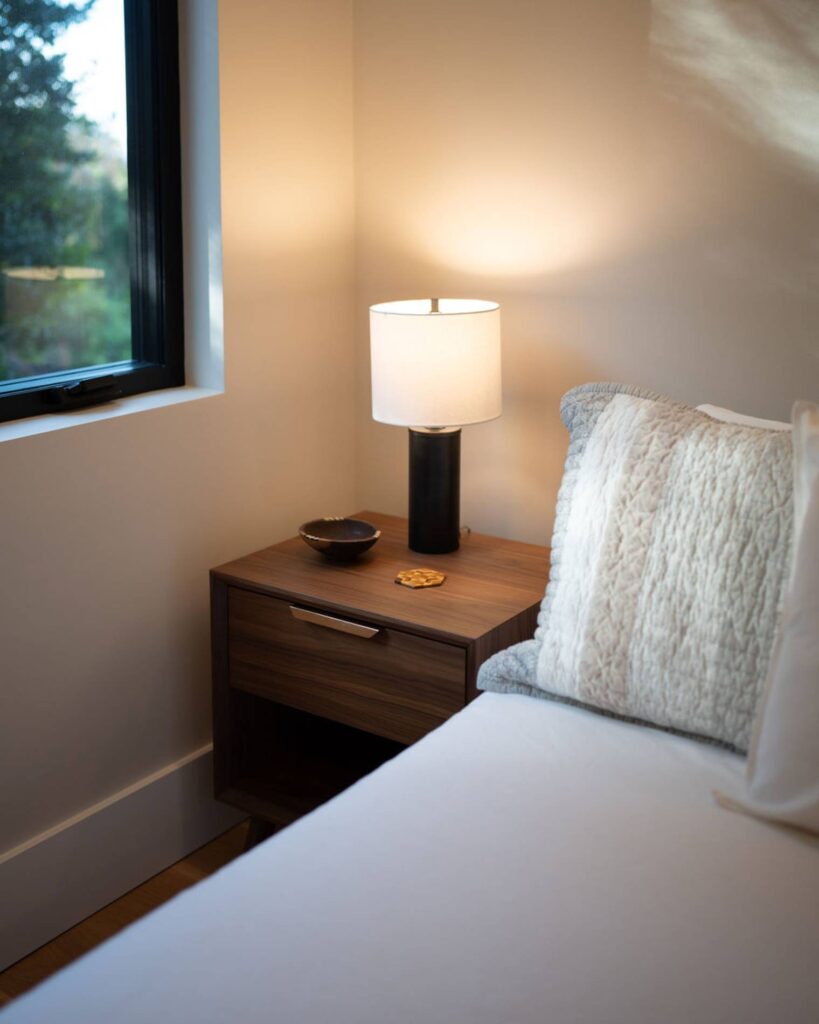
Creating a Forever Home
Building a custom home is an exciting process, allowing homeowners to lead with their vision to tailor every decision to their lifestyle and personal preferences. These homes will live on with their occupants and should offer them space to age gracefully and comfortably in the home. Here are a few tips on understand aging in place and how you can incorporate aging in place design elements to seamlessly integrate into your custom home.
Understanding Aging in Place
The idea of aging in place design is to build homes that enable the occupants to live independently and safely as they age. This concept emphasizes foresight and proactive planning to anticipate future needs and challenges related to mobility and accessibility.
Key Design Elements for Aging in Place
Single-Level Living: Consider a layout that prioritizes single-level living, minimizing the need for stairs and elevators. This design choice enhances accessibility and reduces fall risks, promoting ease of movement throughout the home.
Open Floor Plans: Opt for spacious, open layouts that facilitate mobility and accommodate mobility aids like wheelchairs or walkers. Wide doorways and hallways ensure smooth navigation between rooms without obstacles.
Accessible Bathrooms: Design bathrooms with accessibility in mind by incorporating features such as curb-less showers, and adjustable-height fixtures. These modifications enhance safety and comfort for individuals with varying needs.
Design Principles: Embrace universal design principles that make spaces usable for people of all ages and abilities. Choose user-friendly elements like lever-style door handles, rocker light switches, and non-slip flooring for enhanced versatility and safety.
Smart Home Technology: Integrate smart home technology to simplify daily tasks and enhance safety. Smart thermostats, lighting systems, and security features can be controlled remotely, providing convenience and peace of mind.
Benefits of Aging in Place Design
- Thoughtfully designed spaces promote independence and comfort, fostering a sense of well-being and security to enhance quality of life.
- Anticipating future needs reduces the likelihood of costly renovations down the road.
- Aging in place features appeal to a broader range of potential buyers and can benefit the home’s marketability and value.
Challenges and Considerations
- Integrating aging in place features may require higher upfront investment.
- Tailoring design elements to individual preferences and needs demands careful planning and collaboration with experienced professionals.
Conclusion
Incorporating aging in place design elements into your custom home build can be a proactive investment in long-term comfort and independence. Many of these design elements are discrete with no impact to the aesthetic of your home. Although this can feel like a distant need, it is worth considering if you are planning to build a home to accommodate you in the long term. If they home is built right, you may just not want to leave.
The smallest details make the finest homes.

Fine Custom homes
of Victoria BC